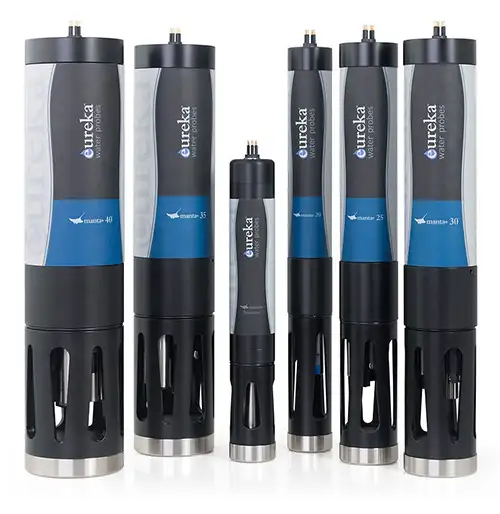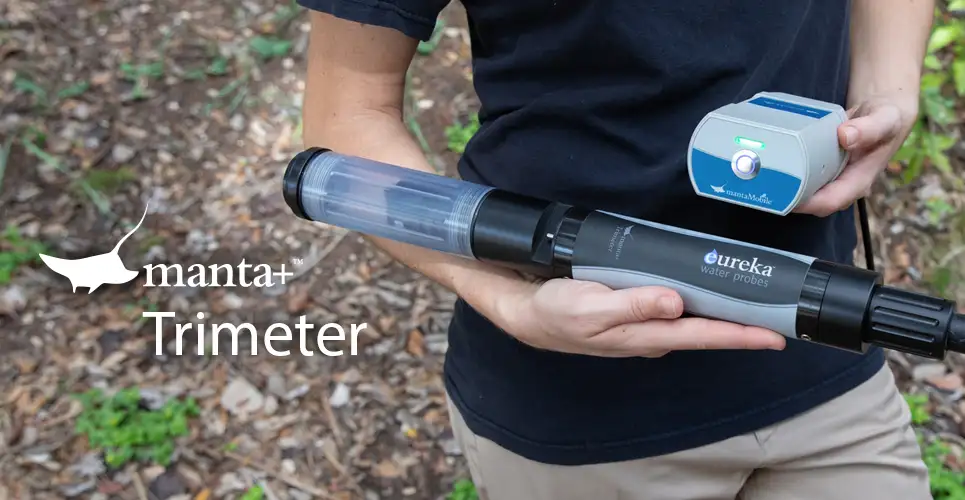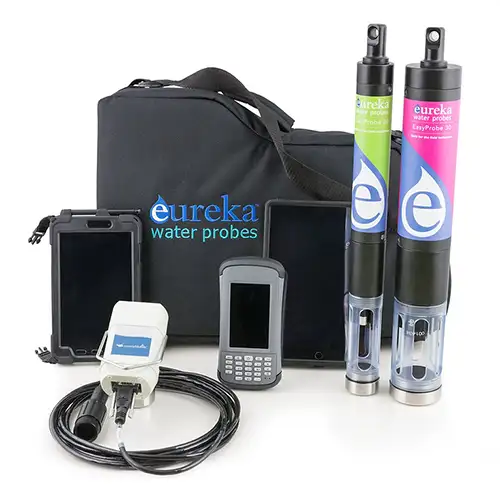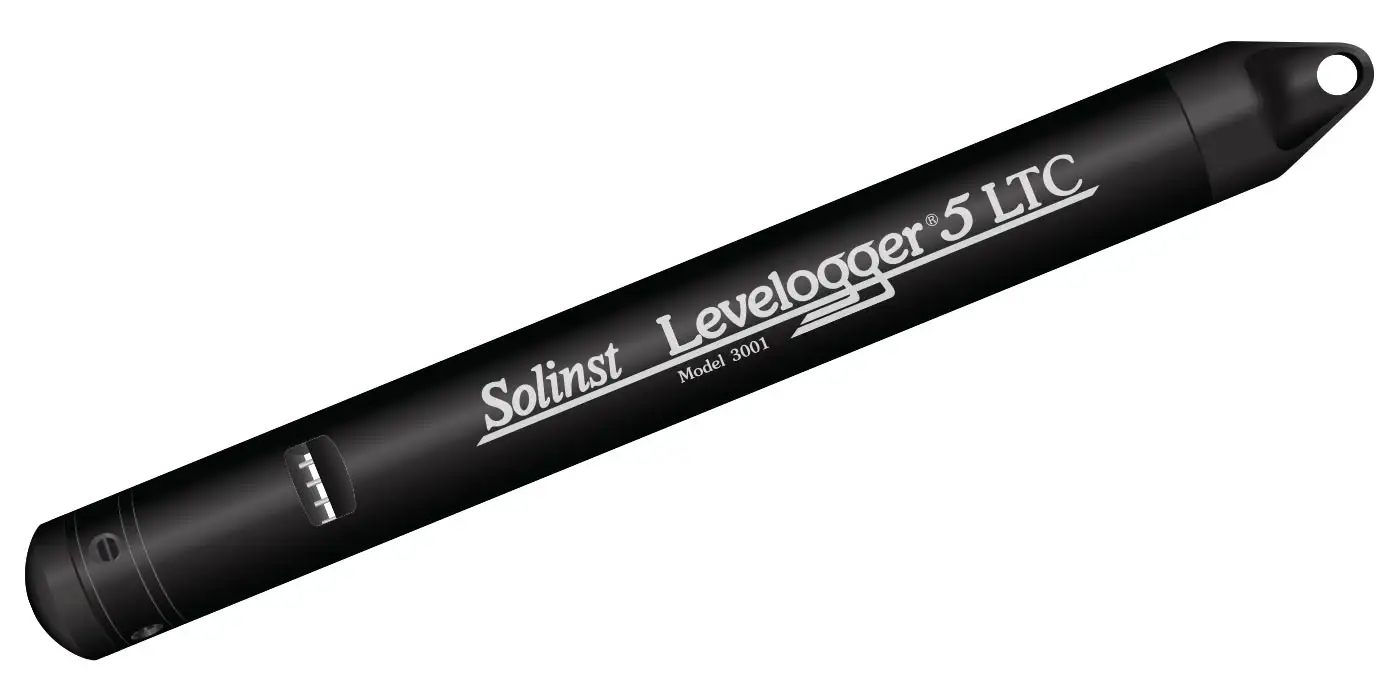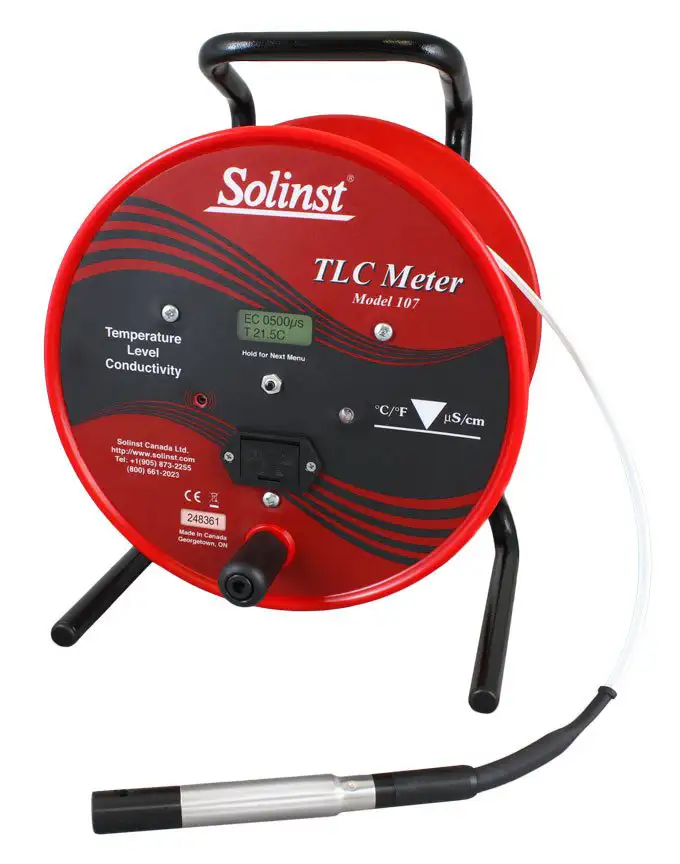Transmittance Sensor: Transmissometer
Solinst Eureka
2113 Wells Branch Pkwy, Suite 4400
Austin, TX, USA
78728
Tel: +1 512-302-4333
Fax: +1 512-251-6842
email: [email protected]
Water Quality Probes
Solinst Eureka, a global leader in the design and manufacture of multiparameter water quality sondes.
Solinst Field Services
Safeguard your project’s success and mitigate any potential for downtime or additional costs.
Why would I want to measure Transmittance?
A transmissometer measures the percentage of light transmitted along a fixed path. Solinst Eureka integrates 3 party transmissometers, which are mounted externally to the Manta multiprobe.
Light transmission is a key factor in the ecology of water systems. Visible radiation, or light, from the sun provides the energy necessary for ocean currents and wind-driven waves. Conversion of some of that energy into heat helps form the thin layer of warm water near the ocean’s surface that supports most marine life.
Visible wavelengths of light are captured by chlorophyll-bearing marine plants, which then make their own food through the process of photosynthesis. The organic molecules created by this process are an important energy source for many small organisms that are the base of the food chain. All life in the world’s waters is ultimately dependent upon the light and the process of photosynthesis that it initiates.
How is Transmittance measured?
Scientists have developed several different methods and instruments to measure light transmission in water. The simplest measurement method involves the use of the Secchi disk, a white plate about 30 centimeters (12 inches) in diameter. It is fastened horizontally to a rope marked in meters. The disk is then lowered into the sea, lake, or other waterbody. The depth at which the disk is lost to sight is noted using the rope markings. This provides a rough estimate of the depth of light penetration.
A more sophisticated device for measuring light transmission is the nephelometer (like Solinst Eureka’s turbidity sensor), which measures the scattering of incident (incoming) light by particles in the water. The optical backscatter meter and light scattering meter work in a similar fashion by projecting a light beam into the water. A detector on the instrument measures the amount of light that is scattered back into it.
A transmissometer measures light attenuation, or the sum of scattering and absorption of light in water. It projects a beam of light of a known wavelength over a known distance, and the data may be used to calculate the percentage of light that is transmitted. Transmissometers measure the light lost across a known distance. The maximum signal for a transmissometer occurs when there is no target between the light source and the receptor. The value read from the Transmissometer is recorded by the Manta multiprobe as % Transmission.
What should I know about transmittance measurements in the field?
Solinst Eureka’s MantaPlus sondes may be coupled with a transmissometer. The transmissometer is mounted externally to the sonde. The Tranmissometer incorporates a novel monolithic housing with a highly integrated opto-electronic design to provide a compact solution for underwater measurements of beam transmittance. The optical surfaces of transmissometers must be cleaned periodically to ensure proper operation. Fouling can block light and cause skewed readings. Transmissometers with various pathlengths are available, for example 10 and 25 cm.
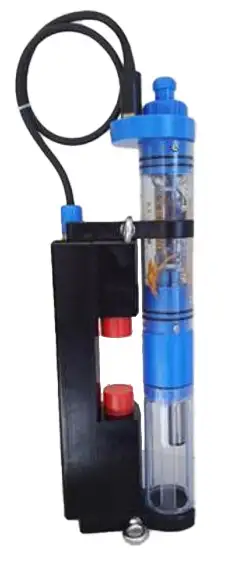
Transmittance Sensor for
Water Quality Sondes
- Range
0 to 100% transmission - Accuracy
±0.99R² - Resolution
0.01 - Units
% of transmission - Maintenance
occasional cleaning
mounts externally to MantaPlus multiprobe - Sensor Life
5+ years
Related Products
Manta Series Water Quality Probes
Solinst Eureka offers the largest selection of water quality sensor technologies in the industry. So in addition to standard configurations, each probe may be customized for your specific application. Pick sensors of your choice to fully populate larger probes, or add a battery pack to convert a probe to a logging device.
Manta Trimeter Water Quality Probe
The Trimeter holds any one sensor* from the Sensor Parameters list, Plus temperature and depth sensors (both are optional). For example, a Trimeter configuration could be turbidity, temperature, and depth. Another example could be DO and temperature.
EasyProbe: Water Quality Sondes
The EasyProbe, by Solinst Eureka, is a high-performance, cost-effective water quality monitor. It's ideal for spot-checking, remote telemetry, education, research, aquaculture, and more. The EasyProbe20 includes sensors for temperature, dissolved oxygen, conductivity, and pH, while the EasyProbe30 adds a turbidity sensor. Eureka multiprobes are known for their reliability, with a three-year warranty covering all sensors, and have the lowest maintenance costs in the industry.
Water Level, Temperature & Conductivity Datalogging
The Levelogger 5 LTC measures and logs water level fluctuations, temperature and conductivity. It is programmed to record at intervals as often as 2 seconds. It includes an 8-year battery, memory for 100,000 sets of readings, and comes in 6 pressure ranges. A PFAS-free coating (inside and out) provides superior corrosion and abrasion resistance.
TLC Meter – Measure Accurate Temperature, Level & Conductivity
A TLC Meter provides accurate, stable temperature and conductivity measurements, displayed on a convenient LCD display for easy reading. Static water level and depth of readings are read off Solinst flat tape, which is precisely laser-marked every mm or 1/100 ft. Tape lengths are available to 300 m (1000 ft).

